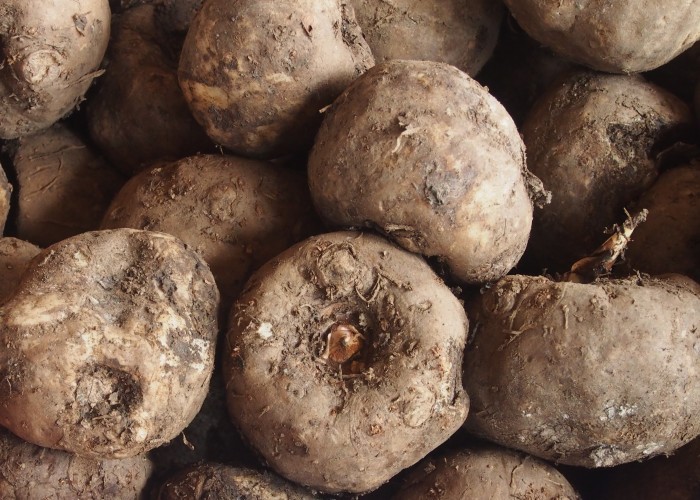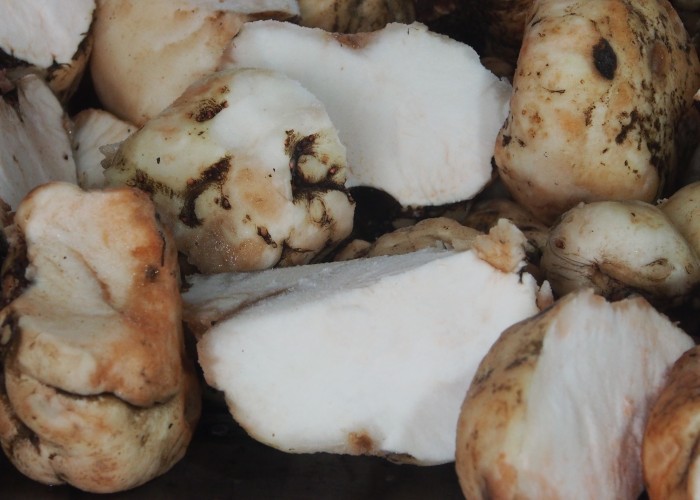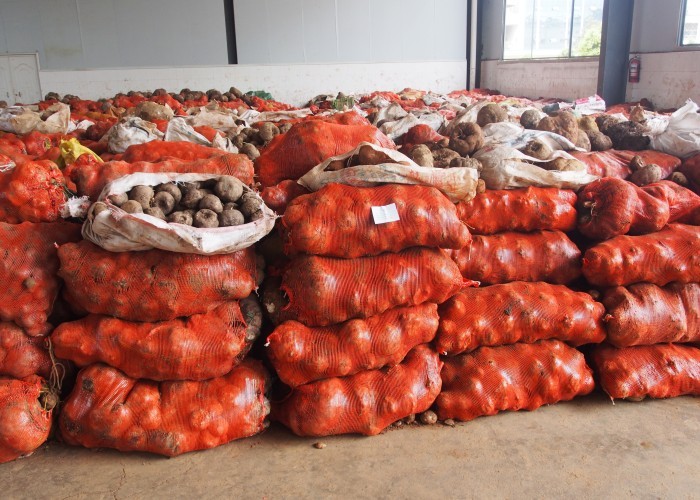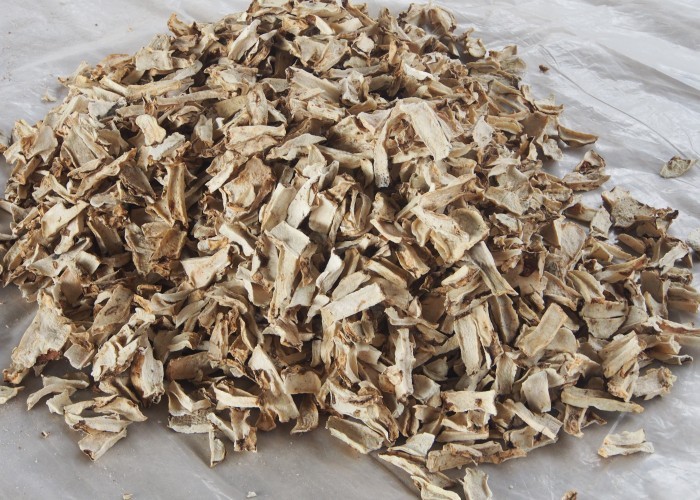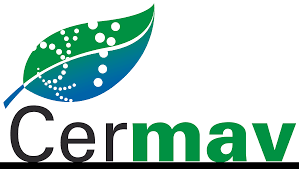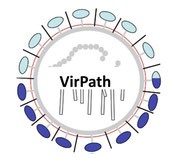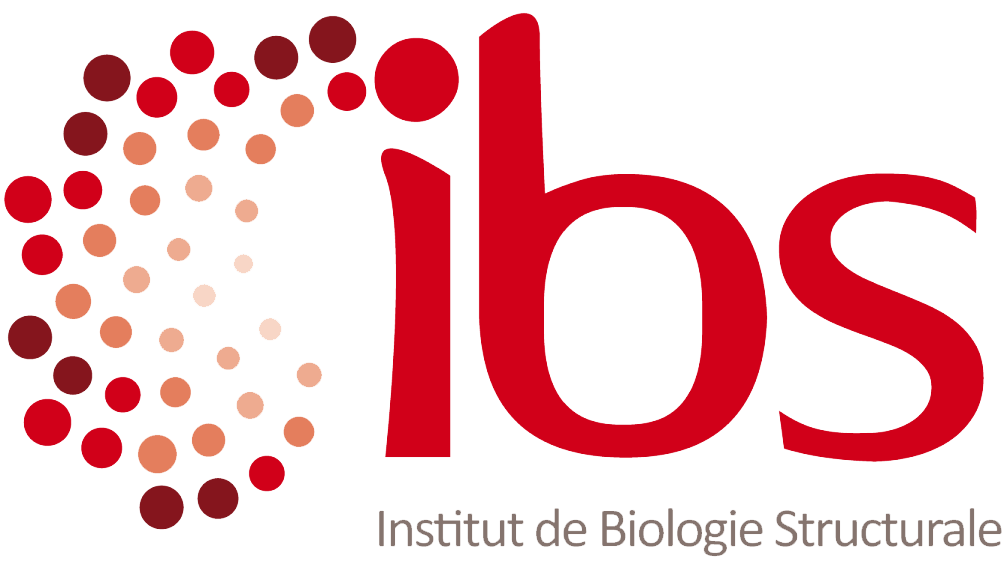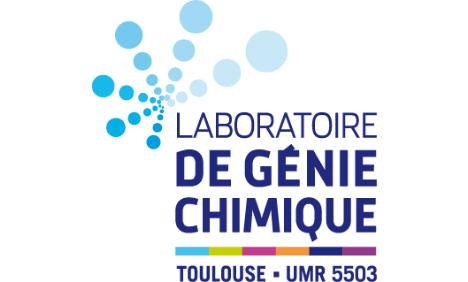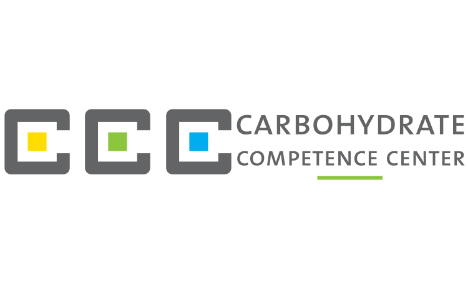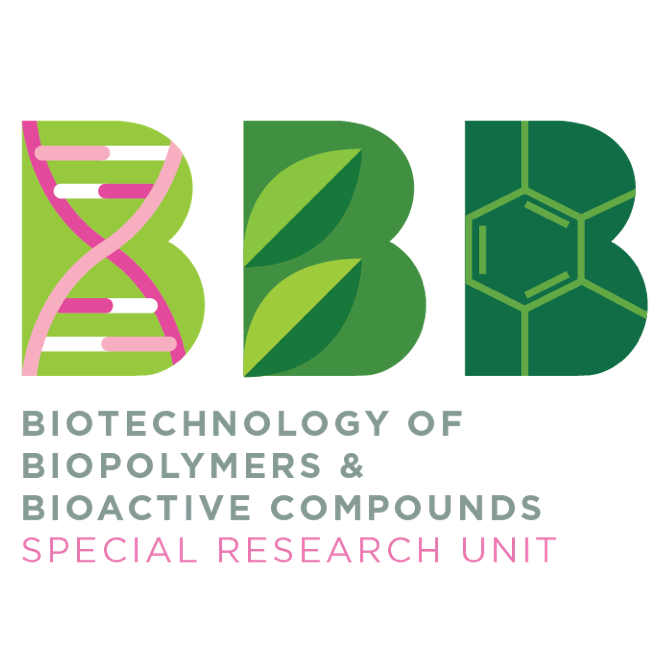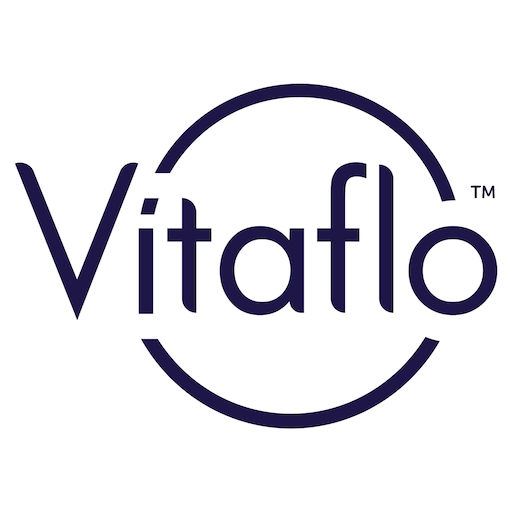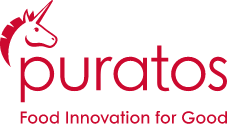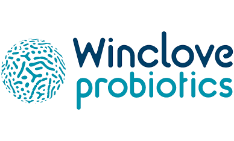Since 1994, our involvement beside major actors from the konjac industry and our continuous investment in R&D have given us a unique, transversal and worldwide recognized expertise of the konjac supply chain.

Konjac Expertise
Participate in the emergence of an integrated supply chain of konjac in Europe
The European Konjac Specialist
KONJAC FACTS AND FIGURES
In 100g konjac flour:



Konjac
“Konjac” commonly refers to the flour that is produced from the tuber of an aroid plant : Amorphophallus konjac.


Traditional consumption in Asia
In China and Japan, konjac has been consumed in the form of jellies (“Konnyaku”) and noodles (“shirataki”) for more than 1000 years. This food is included in the Chinese pharmacopoeia because of its depurative virtues that are favourable to intestinal health.

Konjac glucomannan, a unique soluble fiber
Konjac flour contains up to 95% of a soluble fiber with exceptional nutritional and functional properties: glucomannan.

Repeating unit of konjac glucomannan (EFSA, 2017)
Konjac glucomannan properties
Health benefits of glucomannan
Konjac glucomannan helps to limit the intake of caloric foods by providing a feeling of satiety. When ingested, it binds with water and yields a viscous gel that slows down gastric emptying and reduces feeling of hunger.
During digestion, its interaction with fats and bile salts stimulates the degradation of blood cholesterol.
Health claims authorised for glucomannan.
Since 2012, 2 health claims are permitted by EFSA for foods and food supplements that contain konjac glucomannan (regulation n°432/2012).
- “Glucomannan contributes to the maintenance of normal blood cholesterol levels.”
- “Glucomannan in the context of an energy restricted diet contributes to weight loss.”
Nutritional properties of konjac
Glucomannan is a dietary fiber. It is a low-calorie ingredient and does not contribute to the rise of glycemia after ingestion. Unlike starch, glucomannan is not hydrolysed by digestive enzymes. It is fermented in the colon by our gut microbiota , which stimulates its diversification and growth.
Nutritional claims permitted for glucomannan.
In EU, following regulation 1169/201, glucomannan is a fiber. Depending on their formulation, foods that include glucomannan can use nutrition claims such as:
“Source of fibers” if they contain at least 3g of fiber / 100 g or 1,5 g of fibers / 100 Kcal.
“rich in fibers” if they contain at least 6g of fiber / 100 g or 3 g of fibers / 100 Kcal.
Functional properties of glucomannan
Glucomannan is a hydrosoluble hydrocolloid with exciting functional and technologic properties:
- Cold water solubility.
- Gelling and thickening properties.
- High water retention capacity : up to 100g of water / g of konjac flour
- Native natural plant gum with the highest viscosity (up to 45 000 cps at 1%).
- Synergistic effect with other hydrocolloids.
Examples of potential applications
Konjac glucomannan can be used:
- To thicken food preparations associated with or in place of galactomannans (guar, tara, carob, cassia).
- To make gels.
- To formulate clean-label products by replacing certain additives (gelling or thickening agents) with fibers.
- To improve the nutri-score of your products by substituting calories (sugars, starch and/or fat) with fibers.
The production cycle of konjac flour
Our R&D projects
Legend


Participate in the emergence of an integrated supply chain of konjac in Europe
Today, with over 30 years of R&D on konjac agriculture, processing, applications and quality, Kalys strives to develop a European integrated supply chain of konjac.







